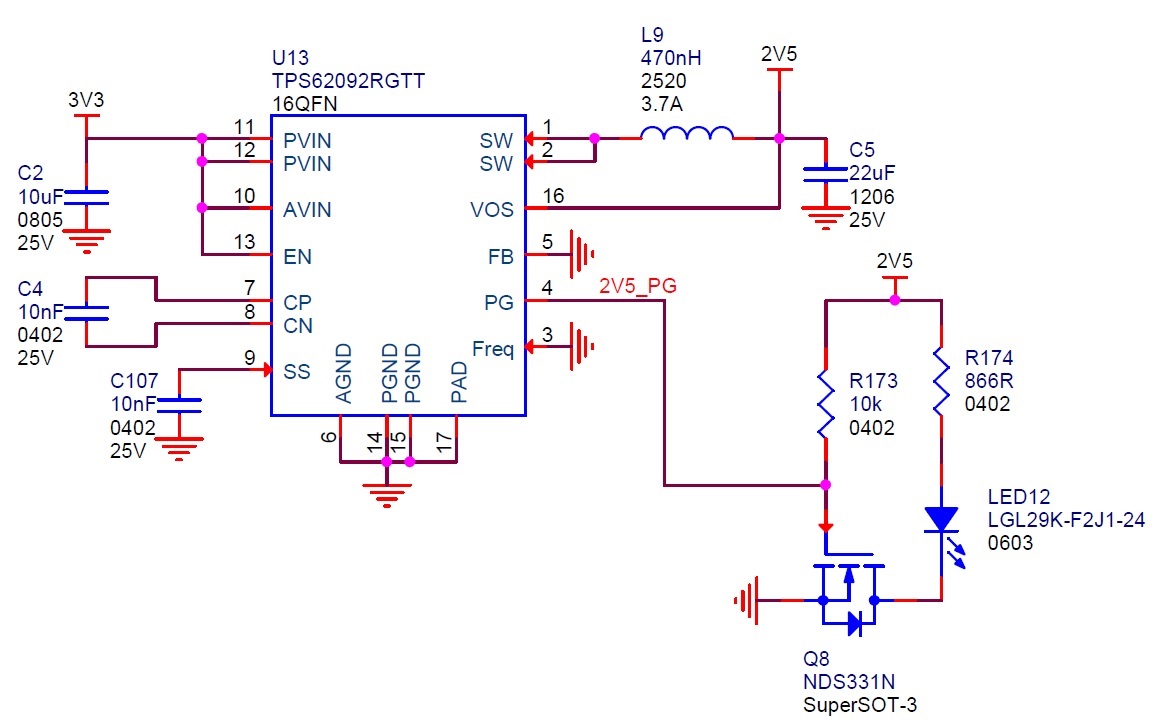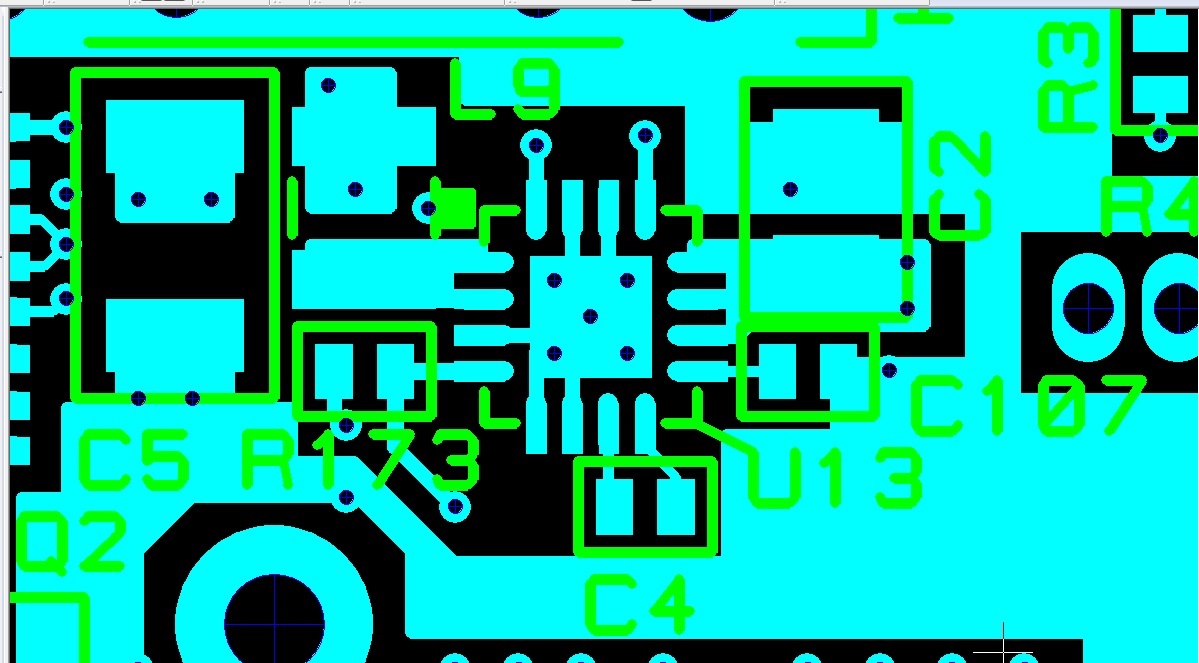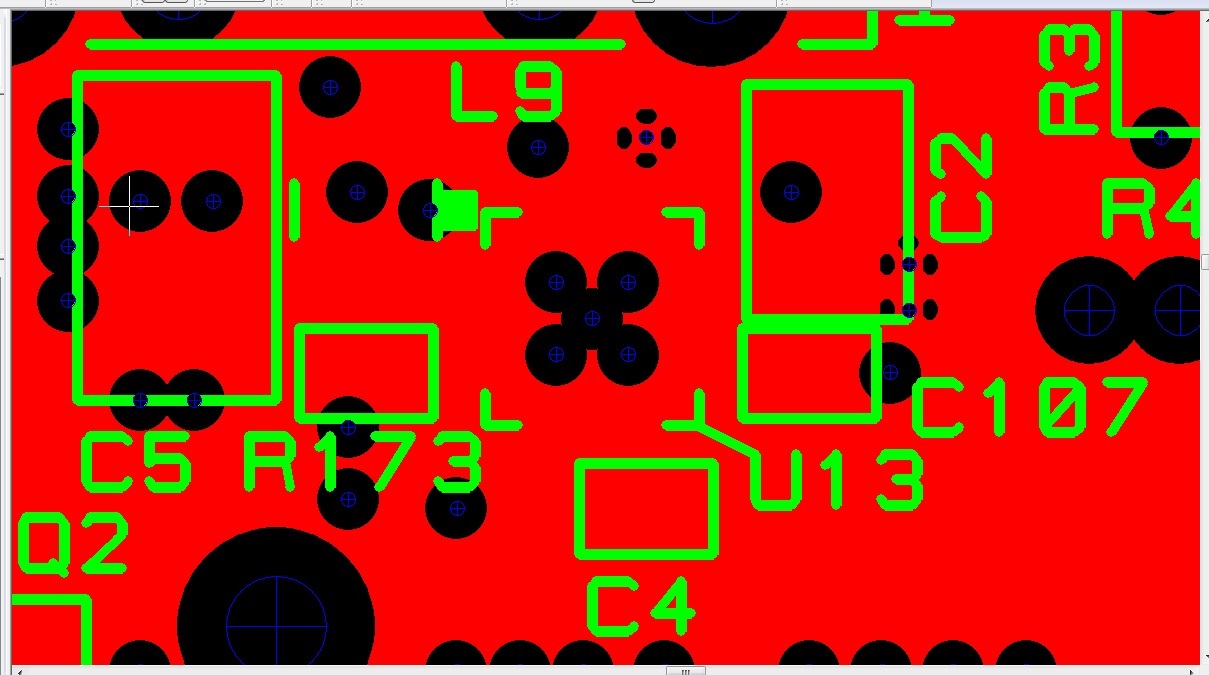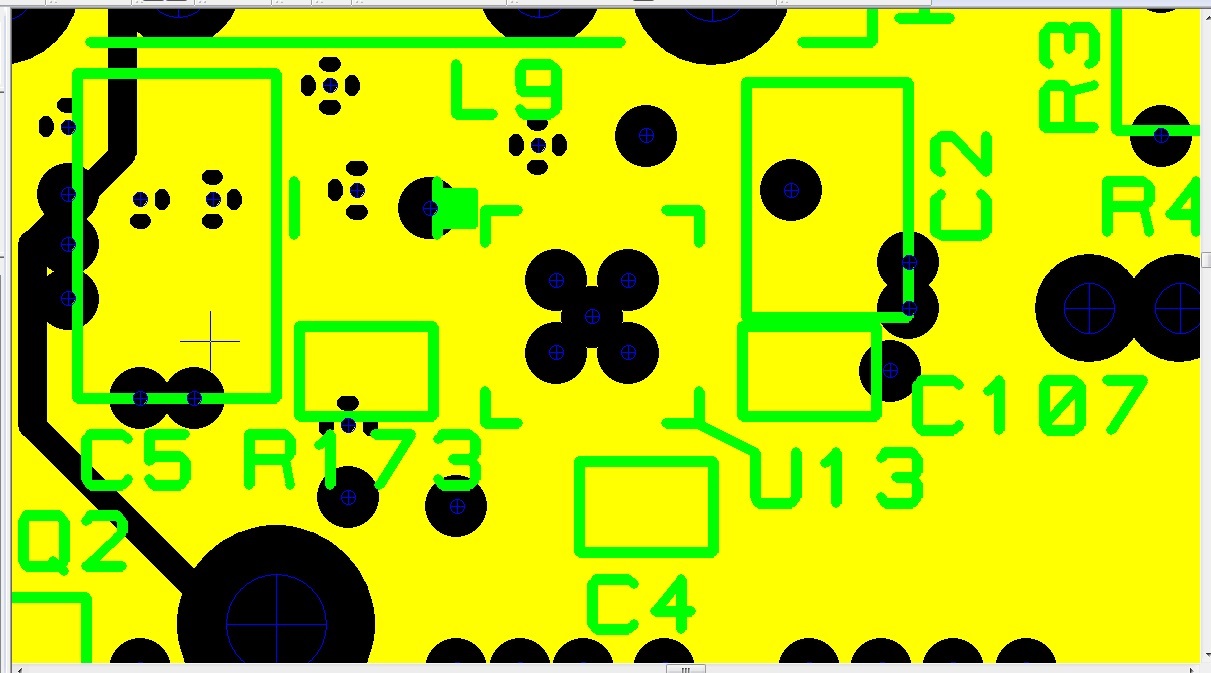I'm currently using a TPS62092RGTT, 2.5V regulator on a board we've designed. We’ve made quite a few boards and on a small handful, from different batches we are seeing the same problem, the regulator fails to regulate correctly (reach its required output voltage). Often it does this from start up but occasionally it stops regulating after its been running a while quite happily.
The behaviour we see is the power good line drops low and the regulator output falls to about 2V (it is meant to be 2.5V), we’ve checked the connections all around the device, there’s no shorts on the output, it’s not pulling lots of current, the devices on the output rail are actually still working correctly, the only thing we have noticed is when its working correctly the Charge pump capacitor has 2.5V on one end and higher (~6V I think) on the other and when its not working it has 3.3V (our Vin) on both ends. From this we’ve come to the conclusion its something to do with the charge pump circuitry and when its not charging up properly the output gate driver is not high enough to give us our required Vout, hence why its sitting at 2V not 2.5V.
On one of the faulty boards I’ve tried reflowing the capacitor and even replaced it, which temporarily seemed to fix it the issue but it is now back to being temperamental. There seems to be no reason for when it does / doesn’t work, we’ve tried hot / cold starts etc, it just seems to be sporadic, sometimes working reliably for days, sometimes repeatedly failing for days.
Any ideas as to what could be causing this behaviour, are our guesses about the charge pump being the issue correct and if so what could be causing it to not charge?
Thanks,





